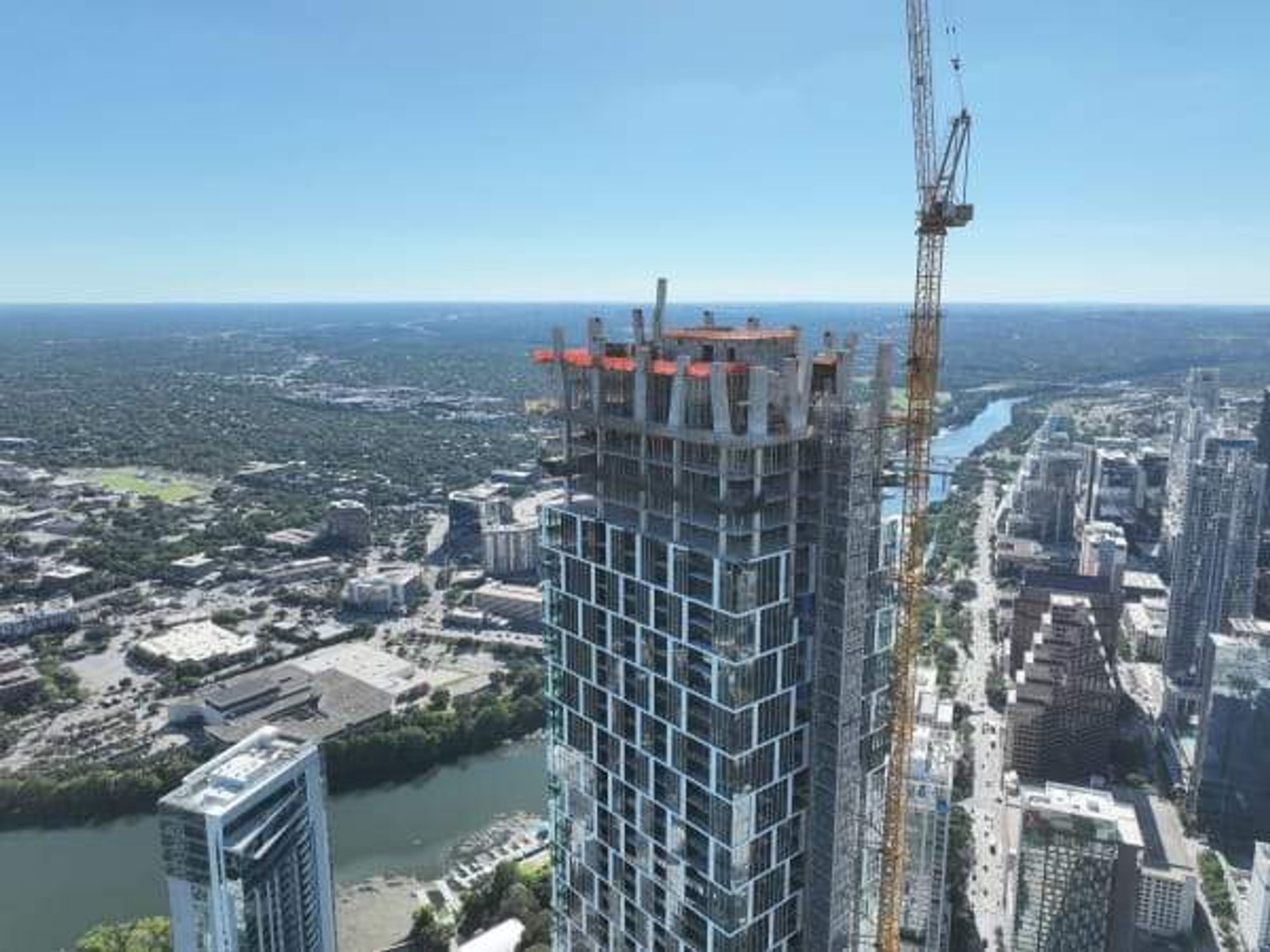At a crossroads
Austin freeway parks on list of the 15 worst in the U.S.

A freeway in Austin has made a list of the 15 worst freeways in the U.S. Way to go, Austin.
The list is from "Freeways Without Futures 2021," a report by the Congress For the New Urbanism, a Washington, D.C.-based organization whose mission is to champion walkable urbanism. The group supports the removal of freeways from the middle of cities.
The report says these highways have created hurdles for the people who live around them. Two Texas freeways are included:
- Austin's Interstate 35, which runs through the middle of the city.
- Dallas' Interstate 345, the stretch of highway on the east side of downtown Dallas.
For Austinites, the bumper-to-bumper disastrous nature of I-35 is nothing new, with the freeway previously ranked among the top 10 worst in the nation.
The highways were selected by a national advisory committee of transportation and urban design experts with urban highway removal experience. The panel considered criteria such as age and state of each highway, the quality of the alternative street design, the feasibility of removal, community support for removal, existing political momentum, redevelopment opportunities, cost savings, and the potential to improve access to opportunity for underserved communities.
As the report notes, many of the 15 highways on the list are poorly maintained and have become liabilities instead of assets. They also have widespread support among their communities for making changes.
The question is: What kind of changes.
"Will we reinvest in and rebuild these structures, continue to support highway expansion, and solidify the physical barriers that separate and destroy?" the report entreats. "Or can we envision a reparative infrastructure program that reknits communities, addresses the damage these highways have caused, and increases access to opportunities for legacy residents?"
I-35 in Austin
Interstate 35 serves as a chasm between downtown and communities of color in East Austin, and is the city's most dangerous corridor for pedestrians. The report says, in its current form, I-35 serves no one particularly well, but the Texas Department of Transportation is planning a $4.9 billion highway expansion to increase it to as many as 20 lanes.
As a growing number of people recognize that highway expansion only creates more cars and congestion, Austin residents have begun questioning whether there's a better solution than simply rebuilding and expanding the highway.
TxDOT launched a month-long public comment period on concepts for the overhaul in November 2020.
Alternatives include a solution suggested by local advocacy group Reconnect Austin that would keep I-35 at its current footprint, but depress 3.4 miles from Holly Street to Airport Boulevard, and cover it with a cap. On top of the cap would be a new boulevard consistent with Austin’s Great Streets Master Plan, which includes space for pedestrians, cyclists, and dedicated transit lanes.
The plans would reclaim more than 130 acres of land for development, of which 24.4 acres would be directly adjacent to downtown, creating more room for housing immediately adjacent to jobs that would simultaneously reduce the number of commuters.
I-345 in Dallas
I-345 is the 1.4-mile stretch of highway that connects I-30 and I-45 to US-75. It's convenient for motorists headed north, but the road forms a barrier between downtown Dallas and Deep Ellum, with an attendant set of vacant lots. The freeway has structural issues and requires repair.
The idea of tearing it down was first championed by A New Dallas, a group founded in 2013 by residents Patrick Kennedy and Brandon Hancock, who demonstrated that tearing it down would have social, economic, and environmental benefits. (A New Dallas has since grown into The Coalition for a New Dallas, a nonprofit and political action committee.)
TxDOT launched a feasibility study and in 2016 unveiled the Dallas CityMAP plan, which found that removal would have positive effects, including adding 375 acres of urban land for development with the potential for walkable urban blocks, public spaces, and new housing.
TxDOT is expected to make a decision about a preferred alternative sometime this year.
Other cities that made the list include:
- Brooklyn-Queens Expressway, New York, New York
- Claiborne Expressway (I-10), New Orleans, Louisiana
- Inner Loop North, Rochester, New York
- I-244, Tulsa, Oklahoma
- I-275, Tampa, Florida
- I-35, Duluth, Minnesota
- I-5, Seattle, Washington
- I-81, Syracuse, New York
- I-980, Oakland, California
- Kensington Expressway, Buffalo, New York
- North Loop (I-35/70), Kansas City, Missouri
- Scajaquada Expressway, Buffalo, New York
- The Great Highway, San Francisco, California

 Lots of people want to live in Leander. Leander Parks & Recreation/Facebook
Lots of people want to live in Leander. Leander Parks & Recreation/Facebook